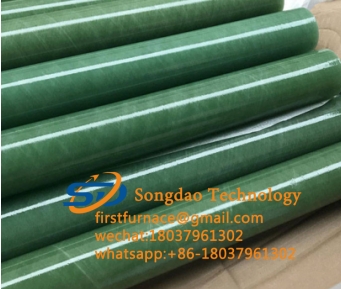- 18
- Feb
What are the characteristics of glass fiber rods?
What are the characteristics of glass fiber rods?
Glass is generally considered to be a hard and fragile object, and it is not suitable for use as a structural material. However, if it is drawn into silk, its strength will be greatly increased and it has flexibility. Therefore, it can finally become an excellent structural material after being given a shape with resin.
The main raw materials for the production of glass fiber rods are: quartz sand, alumina and pyrophyllite, limestone, dolomite, boric acid, soda ash, mirabilite, fluorite, ground glass fiber, etc.
The production methods are roughly divided into two categories: one is to directly make molten glass into fibers; the other is to first make molten glass into glass balls or rods with a diameter of 20 mm, and then heat and remelt in various ways to make glass balls or rods with a diameter of 3 to 3 mm. 80μm very fine fibers. The infinitely long fibers drawn by the mechanical drawing method of platinum alloy plates are called continuous glass fibers, commonly known as long fibers. Discontinuous fibers made by rollers or air flow are called cut-to-length glass fibers, commonly known as short fibers.
Fiberglass rods are classified into different grades according to their composition, properties and uses. According to the regulations of the standard grade, the E-grade glass fiber is the most commonly used and is widely used in electrical insulating materials; the S-grade is a special fiber.

